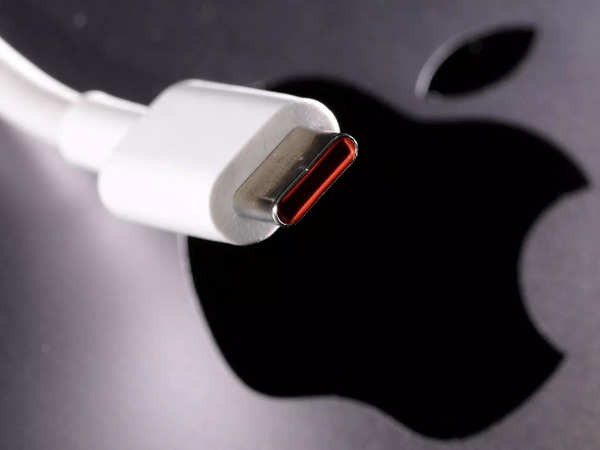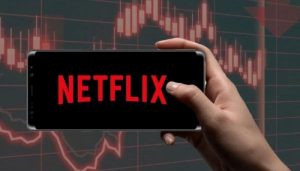The reasoning behind the changed charging port for the iPhone 15 series

The iPhone 15 series will be the first to swap Apple’s exclusive Lightning charger for USB-C charging.
The upcoming iPhone 15 series from Apple will mark a subtle yet significant change in hardware. After more than a decade, these phones will switch from Lightning ports to USB-C for charging. Although this might seem minor, this shift holds importance as Apple adopts a more universal charging standard.
Apple has long favored its proprietary charging connector, the Lightning, for iPhones. Introduced in 2012, Lightning connectors replaced Apple’s earlier 30-pin connectors and share some functions with USB-C, providing faster charging and a reversible design. However, there are differences. Notably, the Lightning connector is exclusive to charging iPhones and older iPads due to its proprietary nature, making it incompatible with Android devices.
What is USB-C?
The USB-C, also known as Type-C, stands out with its oval shape and complete symmetry. Despite the USB connector’s two-decade history, Type-C represents a significant change as the first reversible cable in the standard. It contains a total of 24 pins, evenly distributed with 12 on each side. These connectors serve various purposes, including data transfer, power delivery, and even video and audio transmission. While most Android smartphones use USB-C cables, Apple iPhones have been an exception. However, Apple’s other products, like the latest iPads and MacBooks, have already adopted USB-C.
Why is Apple transitioning to USB-C charging?
Apple’s shift from the Lightning connector to the USB standard for its upcoming iPhones is not voluntary. Cupertino is complying with a European Union regulation that mandates all new mobile phones to adopt a common USB-C charging port. These new EU regulations require that by 2024, all smartphones, tablets, digital cameras, speakers, and other small devices must be compatible with USB-C. This groundbreaking law aims to simplify the assortment of chargers and cables consumers need to purchase.
Apple has been significantly affected by these EU regulations, considering other major companies like Samsung and Xiaomi already offer smartphones equipped with the Type-C port.
Apple expressed opposition to the legislation, arguing that requiring all manufacturers to adopt USB-C would hinder its ability to innovate. In a 2021 letter, Apple raised concerns that mandating a single connector for all devices in the market would impede European consumers by delaying beneficial advancements in charging standards, including those related to safety and energy efficiency.
How will this affect the typical iPhone user?
The transition to USB-C on the iPhone brings a key advantage: a unified charger for all your Apple devices. This shift will be beneficial for travelers and business people carrying multiple chargers. Additionally, adopting USB-C will simplify using third-party accessories with iPhones. However, there’s a downside to consider. Despite USB-C being a widely used charging standard, it can be somewhat complex.
Arguably, the main issue with USB-C is the presence of multiple standards and protocols for powering USB devices. Surprisingly, owning a device with USB Type-C doesn’t guarantee access to the fastest data speeds available. In contrast, Lightning is less complicated, and since it’s Apple’s proprietary technology, it generally works as expected. Apple is likely to alert users if a USB-C cable is compatible with the iPhone, but this might require extra effort. Nevertheless, despite the benefits and conveniences that USB-C offers over the Lightning port, it might cause frustration for users.


